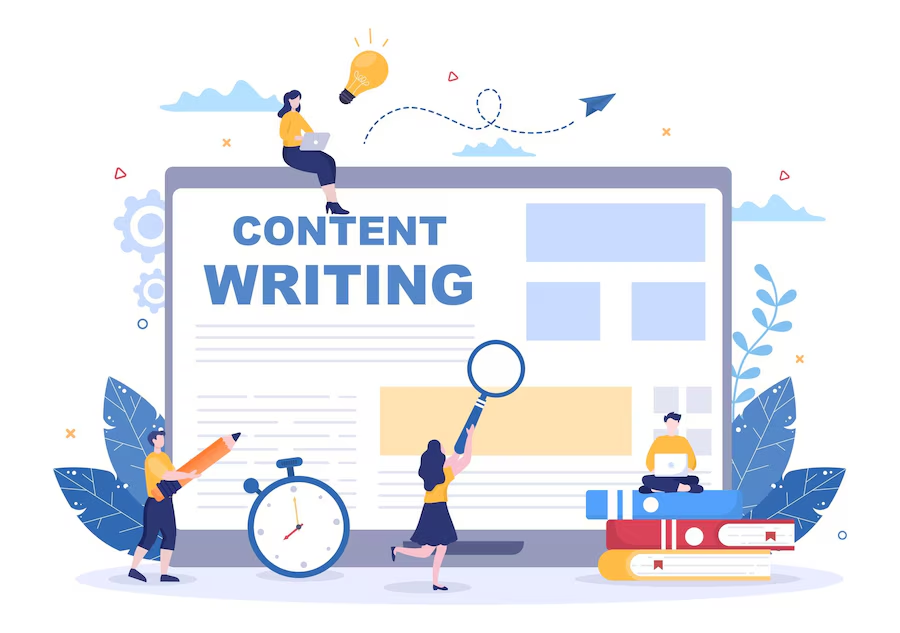1. Why Being Visible Online Isn’t So Simple Anymore?
Five years ago, you could publish a page with the right keywords and show up in search results. Now? That same page might not even make it to the first ten results — or worse, it gets skipped altogether.
Why? Because how people search has changed. And the platforms giving them answers have changed too.
People ask real questions now. Out loud. On their phones. Through smart assistants. And more often than not, they want instant answers — not long articles or sales pitches.

2. What SEO Still Gets Right?
Search Engine Optimization (SEO) still matters — a lot.
It’s how search engines understand what your website is about, and whether it’s worth showing to users. Good SEO ensures your pages are technically healthy, easy to navigate, and filled with useful content.
But SEO alone isn’t enough anymore. Why?
Because people aren’t just searching — they’re asking. And they’re not just looking at websites — they’re getting spoken answers, snippet highlights, and AI summaries.
That’s where something new comes in.
3. Where AEO Fits In?
AEO, or Answer Engine Optimization, is about structuring your content in a way that helps platforms like Google, Siri, Alexa, and even AI assistants pull direct answers from your site.
Think of it this way:
- SEO helps you show up
- AEO helps you get picked
If your website can clearly answer “How do I apply for a GST number?” in two lines — you’re more likely to appear in voice results or featured boxes.
4. What Changed in SEO and What You Can Do About It?
Here’s the shift:
Search used to be about links. Now it’s about answers.
Instead of scrolling, users want results that solve things instantly.
If your website isn’t ready to answer questions — clearly and quickly — it might get overlooked, even if it ranks well.
You don’t need to rewrite everything. Just start shaping your content around what real people want to know.
Not just what you want to sell.
5. Start Answering, Not Just Optimizing
Here’s how to shift from just optimizing to actually answering:
- Use real questions as headings — and answer them right after
- Write in a way that sounds natural and helpful
- Keep key answers short and clear (think: 40–60 words)
- Add FAQ sections to your pages
- Use bullet points and simple summaries
- Avoid fluff — get to the point
The goal is simple: when someone searches (or asks) a question, your page is the one that gives them the best answer — quickly.
6. Making Simple Changes That Actually Work
You don’t need to be an expert to make your site more AEO- and SEO-friendly. Try these practical steps:
- Add one FAQ block to each main service or product page
- Start your blog posts with a question and a quick answer
- Use subheadings that sound like what your customers might ask
- Write short definitions or how-tos when possible
- Focus on one main idea per page or section
These small tweaks often lead to big improvements — in traffic, engagement, and visibility.
7. Final Thoughts: Keep It Clear, Keep It Real
The online world is moving fast. Search engines are smarter. Users are busier. And AI platforms are changing how answers are delivered.
But one thing hasn’t changed: helpful content still wins.
When you combine the solid structure of SEO with the clear answers of AEO, you give yourself the best chance of being seen, heard, and trusted — no matter how people are searching.
So the next time you update a page, write a blog, or build a landing page, ask yourself:
“Does this answer something real?”
If the answer is yes, you’re already on the right path.


